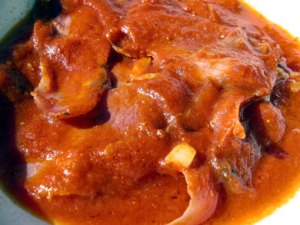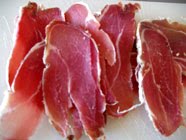In Indonesia this dish would be called Nasi Goreng. It is one of the most popular family or street foods, almost a national dish, often eaten for breakfast, made from left-overs from the night before and found on most Indonesian or malay restaurant menues in the west. The Chinese brought their fried rice dishes to Indonesia, where they adapted to local tastes; the Indonesians cook this dish in woks but it tends to be spicier and flavoured by their sweet sticky Kecap Manis. This is a great dish, adaptable to whatever you have available, and can be made with meat, shellfish, poultry, offal or kept clean and simple with no animal products at all. The only essential ingredient is cold cooked rice making it a useful way to use left-overs and an easy to prepare breakfast or delicious packed lunch.
- Cold cooked long grain rice
- green or spring onions
- garlic
- Seasoning Ketjap Manis (a sweet soy sauce and speciality of Indonesia)
- vegetable use whatever is in season, green beans, long beans, runner beans, asparagus, chinese greens, peppers, carrots, fennel, corn, peas, mushrooms
- protein you can use fried tofu, peanuts, chicken, prawn, pork or sausage.
- Additional flavouring use dried prawns whole or powdered or prawn paste.
Toppings Serve with fresh vegetables such as; cucumber, cherry tomatoes, peppers or green onions and comdiments such as crispy fried onions and sambal olek (chilli paste), you can also serve topped with shredded egg omelet or hard boiled eggs.
Variations
Cooks Note If you don’t have Katjap Mannis you can make a similar product by mixing soy sauce with sugar, and a little miso paste, garlic and chinese 5 spice) or just use soy sauce and a little sugar.









